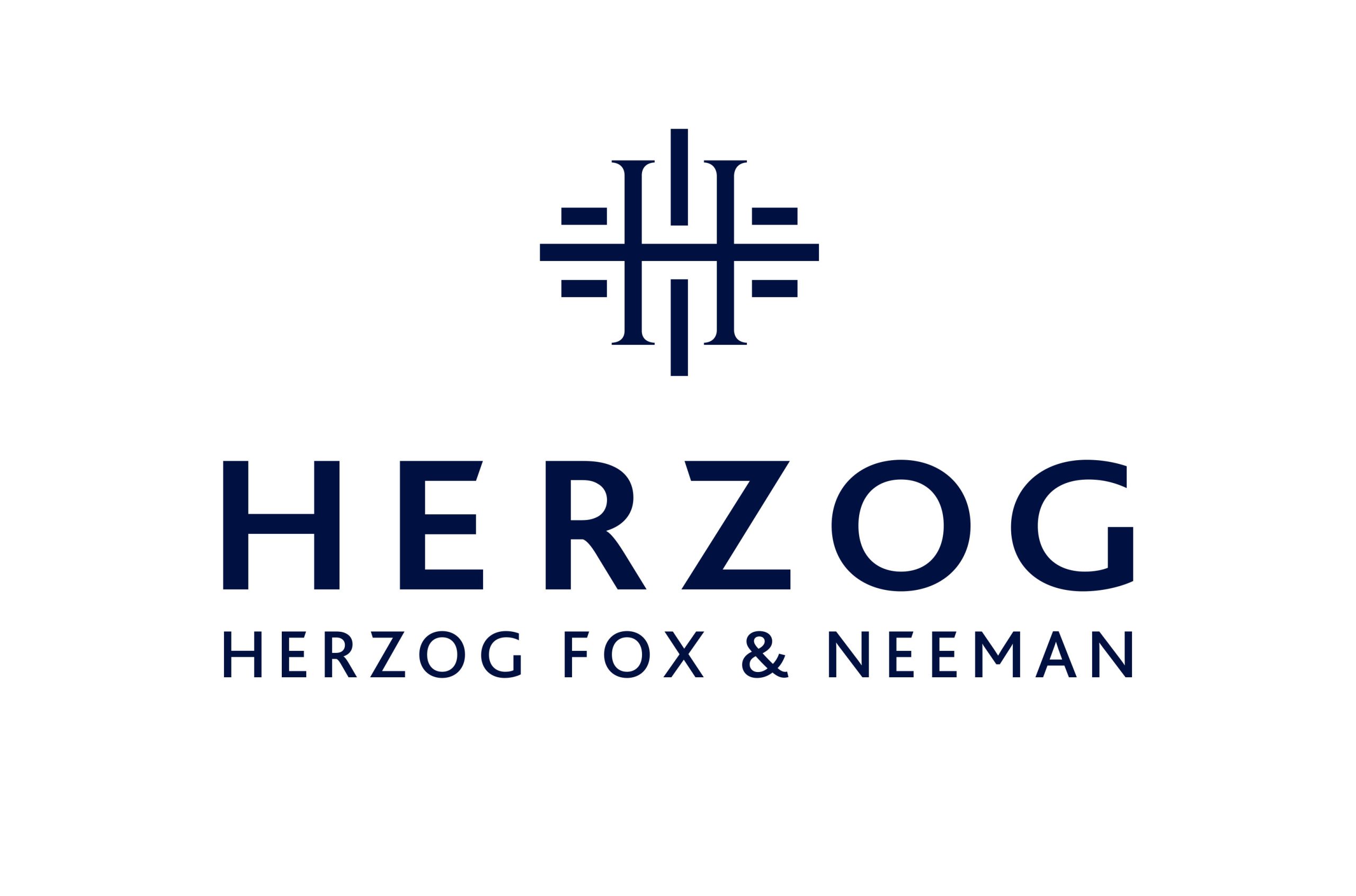The OECD Reaches Agreement on Two-Pillar Corporate Tax Reform
11 October 2021
Dear friends, clients and colleagues,
The OECD/G20 Inclusive Framework on Base Erosion and Profit Shifting (the IF) issued a statement last Friday (October 8, 2021) that it has agreed on a two-Pillar solution to address the challenges arising from the digitalization of the economy.[1] 136 countries, including Israel, have agreed to adopt this solution, which follows (and is largely based on) a political agreement members of the IF had reached last July.
Below are some of the key points included in the IF’s statement with respect to each Pillar.
Pillar One
Based on the OECD’s announcement of the IF statement, Pillar One will ensure a fairer distribution of profits and taxing rights among countries with respect to the largest and most profitable multinational enterprises (MNEs) as it will re-allocate some taxing rights over MNEs from their home countries to the markets where they have business activities and earn profits, regardless of whether they have a physical presence there. Pillar One aims to allocate certain income (Amount A) to market jurisdictions, based on a new nexus rule, while ensuring a fixed remuneration for baseline marketing and distribution functions in market jurisdictions (Amount B).
The in-scope companies for Amount A are multinational enterprises with global turnover of above 20 billion euros and a profitability rate of above 10%; the turnover threshold is set to be reduced to 10 billion euros, contingent on successful implementation of tax certainly on Amount A. Given this threshold, Israeli based MNEs are not expected to fall within the scope of Pillar One’s Amount A in the near future.
Under Pillar One, 25% of the residual profit (profit in excess of 10% of revenue) of in-scope MNEs will be allocated to market jurisdictions in which the MNE derives at least 1 million euros in revenue (or at least 250,000 euros for jurisdictions with GDP lower than 40 billion euros). However, where residual profits of in-scope MNEs are already taxed in a market jurisdiction, a marketing and distribution safe harbor will cap the residual profit allocated to such market jurisdiction through Amount A.
In-scope MNEs will benefit from a dispute prevention and resolution mechanism, which will avoid double taxation of Amount A, including all issues related to Amount A (e.g., transfer pricing and business profits disputes).
The Multilateral Convention (MLC) instrument through which Amount A is implemented will be developed and opened for signatures in 2022, with Amount A coming into effect in 2023. In addition, the application of the arm’s length principle to in-country baseline marketing and distribution activities (Amount B) will be simplified and streamlined. This work will be completed by the end of 2022. The MLC will require all parties to remove all Digital Services Taxes and other relevant similar measures with respect to all companies, and to commit not to introduce such measures in the future. No newly enacted Digital Services Taxes or other relevant similar measures will be imposed on any company from 8 October 2021 and until the earlier of 31 December 2023 or the coming into force of the MLC.
Per the OECD, under Pillar One, taxing rights on more than USD 125 billion of profit are expected to be reallocated to market jurisdictions each year. Developing country revenue gains are expected to be greater than those in more advanced economies, as a proportion of existing revenues.
Pillar Two
Pillar Two is intended to ensure a global minimum corporate tax rate of 15% on in-scope MNEs (generally, MNEs that meet a 750 million euro revenue threshold, although countries are free to subject MNEs that do not meet this threshold to Pillar Two). The OECD estimates that Pillar Two is expected to generate roughly USD 150 billion in additional global tax revenues annually. Pillar Two consists of two elements:
- Two interlocking domestic rules (together known as Global anti-Base Erosion (GloBE) rules): (i) an Income Inclusion Rule (IIR), which imposes top-up tax on a parent entity in respect of the low taxed income of a constituent entity, and (ii) an Undertaxed Payment Rule (UTPR), which denies deductions or requires equivalent adjustment to the extent that the low tax income of a constituent entity is not subject to tax under an IIR.
- A treaty based rule (the Subject to Tax Rule (STTR)) that allows source jurisdictions to impose limited source taxation (i.e., deny treaty benefits) on certain related-party payments that are subject to tax below a minimum rate.
GLoBE
GLoBE will have the status of a common approach rule whereby IF countries are not required to adopt GLoBE, but are required to accept the application of GLoBE by other IF countries. Government entities, international organizations, non-profit organizations, pension funds or investment funds that are Ultimate Parent Entities (UPE) of an MNE Group or any holding vehicles used by such entities, organizations or funds are not subject to the GloBE rules.
The IIR allocates the top-up tax based on a top-down approach, subject to an exception, if more than 20% of the equity interests of an entity are held directly or indirectly by persons that are not constituent entities of the MNE group (so-called “split ownership rule”). The UTPR allocates top-up tax from low-tax constituent entities including those located in the UPE jurisdiction. The GloBE rules will provide for an exclusion from the UTPR for MNEs in the initial phase of their international activity, defined as those MNEs that have a maximum of 50 million euros tangible assets abroad and that operate in no more than 5 other jurisdictions. This exclusion is limited to a period of 5 years after the MNE comes into the scope of the GloBE rules for the first time. For MNEs that are in scope of the GloBE rules when they come into effect, the period of 5 years will start at the time the UTPR rules come into effect.
The minimum tax rate used for the purposes of IIR and UTPR will be 15%, calculated on a jurisdictional basis and using a common definition of covered taxes and a tax base determined by reference to financial accounting principles (with certain adjustments). This minimum tax rate may have significant impact on MNEs with Israeli subsidiaries and on Israeli groups that are subject to lower tax rates under the Law for Encouragement of Capital Investments (e.g., with respect to their so-called “preferred enterprise”, “preferred technology enterprise” or “special preferred technology enterprise”).
The GLoBE rule will provide for formulaic substance carve-out that will exclude an amount of income that is 5% of the carrying value of tangible assets and payroll. During a 10-year transition period, the exclusion amount will be 8% of the carrying value of tangible assets and 10% of payroll, declining annually by 0.2 percentage points for the first 5 years, and by 0.4 percentage points for tangible assets and by 0.8 percentage points for payroll during the last 5 years. The GLoBE rules will also provide for a de minimis exclusion for jurisdictions where the MNE has revenue of less than 10 million euro and profit of less than 1 million euro.
STTR
IF countries that apply nominal corporate tax rates below the STTR minimum rate for interest, royalties and a defined set of payments would implement STTR into their bilateral tax treaties with developing IF members when requested to do so.
The taxing right will be limited to the difference between the minimum rate and the tax rate on the payment. The minimum rate for STTR will be 9%.
Pillar Two should be brought into law in 2022, to be effective in 2023, with the UTPR coming into effect in 2024.
We are at your disposal to provide comprehensive advice targeted to your specific circumstances and would be happy to analyze the potential impact of the new Pillar One and Pillar Two regimes and consider potential restructurings or adoption of different transfer pricing models for more tax-efficient outcomes.
Herzog Fox and Neeman
| Meir Linzen | Chairman Head of Tax Department linzen@herzoglaw.co.il |
Guy Katz | Partner Tax Departmentkatzg@herzoglaw.co.il |
| Yuval Navot | Partner Tax Departmentnavoty@herzoglaw.co.il |
Ehab Farah | Partner Tax Departmentfarahe@herzoglaw.co.il |
| Amir Cooper | Partner Tax Departmentcooperam@herzoglaw.co.il |
Ofer Granot | Partner Tax Departmentgranoto@herzoglaw.co.il |
| Eyal Bar-Zvi | Partner Tax Departmentbarzvie@herzoglaw.co.il |
|





